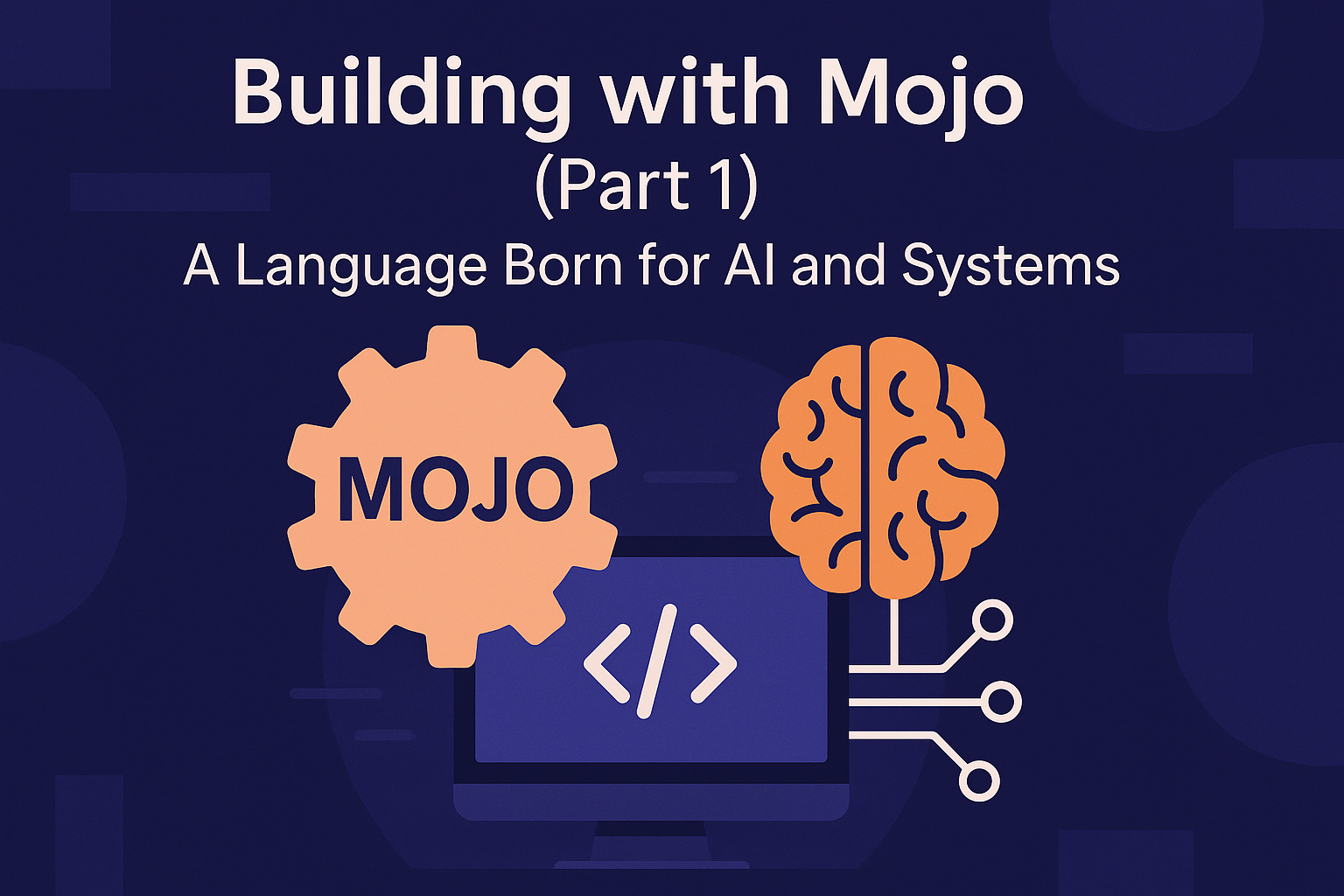Hi
Welcome to the ninth issue of Deep Engineering.
As CPUs, GPUs, TPUs, and custom accelerators proliferate, compilers have become the thin yet critical layer that enables both abstraction and performance.
Our feature this week looks at Multi-Level Intermediate Representation (MLIR)—a compiler infrastructure that promises to unify optimization across wildly different domains. Born at Google and now adopted in projects like OpenXLA, LLVM Flang, NVIDIA’s CUDA Quantum, and even hardware DSLs like Chisel, MLIR offers a powerful foundation—but one that comes with real‑world friction: steep learning curves, ecosystem fragmentation, and legacy integration challenges. We unpack where MLIR delivers, where developers struggle with it, and what its future might mean for software architects.
Building on this theme, we’re also kicking off a new series on Mojo🔥, a programming language built entirely on MLIR. Written by Ivo Balbaert, Lector at CVO Antwerpen and author of The Way to Go and Packt introductions to Dart, Julia, Rust, and Red, Building with Mojo (Part 1): A Language Born for AI and Systems explores Mojo’s origins, its design goals, and its promise to unify Pythonic ergonomics with AI‑scale performance. Future parts will go deeper—covering Mojo’s tooling, metaprogramming, hardware abstraction, and its role in simplifying development pipelines that currently span Python, CUDA, and systems languages.
Read on for our take on MLIR’s trajectory—and then take your first step into Mojo, a language built for the next wave of AI and systems programming.
 United States
United States
 Great Britain
Great Britain
 India
India
 Germany
Germany
 France
France
 Canada
Canada
 Russia
Russia
 Spain
Spain
 Brazil
Brazil
 Australia
Australia
 South Africa
South Africa
 Thailand
Thailand
 Ukraine
Ukraine
 Switzerland
Switzerland
 Slovakia
Slovakia
 Luxembourg
Luxembourg
 Hungary
Hungary
 Romania
Romania
 Denmark
Denmark
 Ireland
Ireland
 Estonia
Estonia
 Belgium
Belgium
 Italy
Italy
 Finland
Finland
 Cyprus
Cyprus
 Lithuania
Lithuania
 Latvia
Latvia
 Malta
Malta
 Netherlands
Netherlands
 Portugal
Portugal
 Slovenia
Slovenia
 Sweden
Sweden
 Argentina
Argentina
 Colombia
Colombia
 Ecuador
Ecuador
 Indonesia
Indonesia
 Mexico
Mexico
 New Zealand
New Zealand
 Norway
Norway
 South Korea
South Korea
 Taiwan
Taiwan
 Turkey
Turkey
 Czechia
Czechia
 Austria
Austria
 Greece
Greece
 Isle of Man
Isle of Man
 Bulgaria
Bulgaria
 Japan
Japan
 Philippines
Philippines
 Poland
Poland
 Singapore
Singapore
 Egypt
Egypt
 Chile
Chile
 Malaysia
Malaysia















